

- RFQ
- BOM
-
Contact Us
Tel: +86-0755-83501315
Email: sales@sic-components.com
- Chinese
- English
- French
- German
- Portuguese
- Spanish
- Russian
- Japanese
- Korean
- Arabic
- Irish
- Greek
- Turkish
- Italian
- Danish
- Romanian
- Indonesian
- Czech
- Afrikaans
- Swedish
- Polish
- Basque
- Catalan
- Esperanto
- Hindi
- Lao
- Albanian
- Amharic
- Armenian
- Azerbaijani
- Belarusian
- Bengali
- Bosnian
- Bulgarian
- Cebuano
- Chichewa
- Corsican
- Croatian
- Dutch
- Estonian
- Filipino
- Finnish
- Frisian
- Galician
- Georgian
- Gujarati
- Haitian
- Hausa
- Hawaiian
- Hebrew
- Hmong
- Hungarian
- Icelandic
- Igbo
- Javanese
- Kannada
- Kazakh
- Khmer
- Kurdish
- Kyrgyz
- Latin
- Latvian
- Lithuanian
- Luxembou..
- Macedonian
- Malagasy
- Malay
- Malayalam
- Maltese
- Maori
- Marathi
- Mongolian
- Burmese
- Nepali
- Norwegian
- Pashto
- Persian
- Punjabi
- Serbian
- Sesotho
- Sinhala
- Slovak
- Slovenian
- Somali
- Samoan
- Scots Gaelic
- Shona
- Sindhi
- Sundanese
- Swahili
- Tajik
- Tamil
- Telugu
- Thai
- Ukrainian
- Urdu
- Uzbek
- Vietnamese
- Welsh
- Xhosa
- Yiddish
- Yoruba
- Zulu
- Kinyarwanda
- Tatar
- Oriya
- Turkmen
- Uyghur
Electronic Component Lookup
In the intricate and dynamic landscape of electronics, electronic component lookup is a fundamental and crucial process. It serves as the gateway to sourcing the right components for a wide range of applications—from the simplest DIY electronics projects to the most complex industrial and high-tech systems.
The Significance of Electronic Component Lookup
This process is essential for multiple reasons. Firstly, it empowers engineers, designers, and hobbyists to match components precisely to project requirements. In modern electronics, where devices demand specific electrical characteristics (e.g., voltage, capacitance), physical dimensions, and performance metrics (like low latency in high-speed data systems), accurate component selection is non-negotiable. For instance, choosing an integrated circuit (IC) with high bandwidth is critical for optimizing a 5G communication module's performance.
Secondly, component lookup drives cost management. By comparing prices across suppliers, users can identify cost-effective options without sacrificing quality. Manufacturers, in particular, rely on this to balance production costs while maintaining product reliability—switching to a comparable component from a different vendor can significantly impact profit margins.
Finally, it fuels innovation. Access to diverse components via effective lookup unlocks new design possibilities. Discovering advanced sensors or energy-efficient power management ICs, for example, can inspire the creation of cutting-edge devices, such as smart wearables or sustainable IoT solutions.
The Process of Electronic Component Lookup
1. Defining Requirements
The journey begins with clarifying project specifications. This involves detailing electrical parameters (e.g., current ratings, resistance values) and physical attributes (package size, form factor). In a wearable device, for instance, components must be miniature and power-efficient to fit within the device’s compact frame and extend battery life.
2. Selecting a Lookup Platform
Online Databases: Popular platforms aggregate components from multiple manufacturers, offering detailed datasheets, technical specs, and user reviews. Advanced filters (e.g., by price range, manufacturer) streamline result refinement.
Manufacturer Websites: These provide in-depth product information, including new releases, application notes, and design tools. Semiconductor giants like Texas Instruments offer simulation software to evaluate component suitability.
Distributor Portals: Ideal for real-time availability and pricing data. Platforms like Digi-Key and Mouser enable immediate procurement of stocked components.
3. Conducting the Search
Users leverage platform search functions, entering keywords (e.g., “3.3V LDO regulator”) or technical parameters. Advanced filtering—by package type, RoHS compliance, or lead time—narrows results, ensuring relevance.
4. Evaluating the Results
Reviewing datasheets is crucial for understanding electrical limits and operating conditions. User reviews and application notes offer real-world insights. Compatibility is equally vital: a microcontroller must align with sensors and actuators in protocol (e.g., I2C, SPI), power consumption, and pinout.
Challenges in Electronic Component Lookup
1. Component Obsolescence
Rapid technological progress renders older components obsolete. Staying updated on end-of-life (EOL) notices and identifying drop-in replacements requires vigilance—an obsolete microcontroller may halt production if not replaced promptly.
2. Counterfeit Components
The industry grapples with fake parts that violate specifications, risking system failures. Mitigation demands sourcing from certified suppliers and verifying authenticity through serialization or testing.
3. Technical Complexity
Modern components (e.g., high-performance FPGAs) feature intricate datasheets. Mastery of electronics principles and datasheet interpretation skills is essential to avoid selection errors.
Strategies for Effective Electronic Component Lookup
1. Build a Component Library
Organize a repository of proven components, including datasheets, supplier details, and past application notes. This library accelerates future designs by providing ready-to-use references.
2. Stay Informed
Engage with industry resources—publications like “Electronics Weekly,” trade shows (e.g., electronica), and forums (e.g., EEVblog). Tracking trends reveals emerging components, such as GaN-based power devices revolutionizing energy efficiency.
3. Establish Supplier Relationships
Partnering with trusted distributors fosters access to pre-screened components, priority support, and early access to new products. A strong supplier network simplifies procurement and mitigates risks.
Introducing Our Electronic Component Lookup
Simplify your component search with our intuitive tool. Boasting a vast database covering global manufacturers, it offers instant access to datasheets, pricing, and stock availability. Whether you're prototyping a new device or troubleshooting an existing circuit, the intelligent filters and user-friendly interface of our platform streamline the entire process. Say goodbye to the hassle of sifting through countless datasheets and the trouble of information asymmetry. With our solution, you can confidently source components that meet your project's exacting requirements, optimizing design cycles and ensuring reliability.
Conclusion
Electronic component lookup is a multi-faceted discipline, demanding strategic planning, platform proficiency, and industry acumen. By mastering its steps and leveraging effective strategies, stakeholders can navigate the complexities of component selection, driving successful electronics projects—from consumer gadgets to industrial automation systems. Our Electronic Component Lookup tool stands as a catalyst, bridging the gap between innovation and implementation in the ever-evolving electronics landscape.
Introducing our Electronic Component Lookup, a comprehensive and user-friendly tool designed to simplify the process of finding electronic components. With a vast database of components from various manufacturers, this tool enables engineers, technicians, and hobbyists to quickly search for specific parts and access valuable information such as datasheets, pricing, and availability. Whether you are in the process of designing a new electronic device or repairing an existing one, Electronic Component Lookup can help you find the exact components you need, saving you time and effort. The intuitive interface allows for easy navigation and filtering, making it easy to narrow down the search results and find the perfect match for your project. Say goodbye to the frustration of sifting through countless datasheets and unreliable sources. With Electronic Component Lookup, you can confidently locate the right components for your needs, ensuring a smoother and more efficient electronic design and repair process.
https://www.sic-components.com/integrated-circuits-ics

Hot Products
View MoreRelated Blogs

2000+
Daily average RFQ Volume

30,000,000
Standard Product Unit

2800+
Worldwide Manufacturers

15,000 m2
In-stock Warehouse





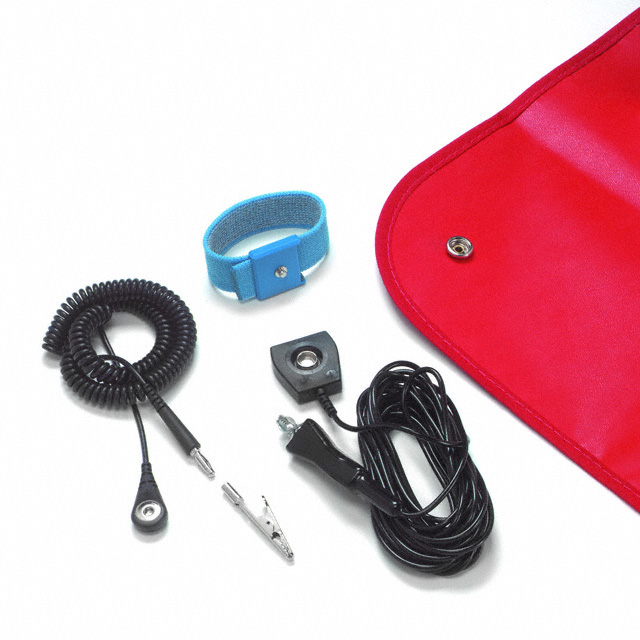

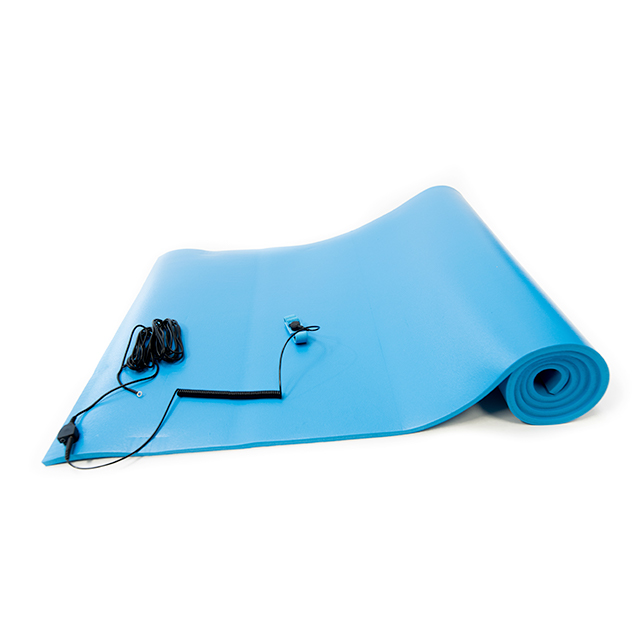
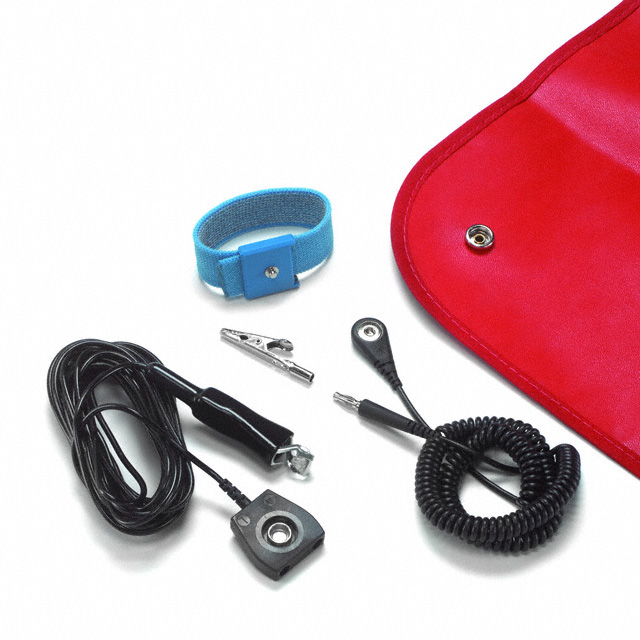
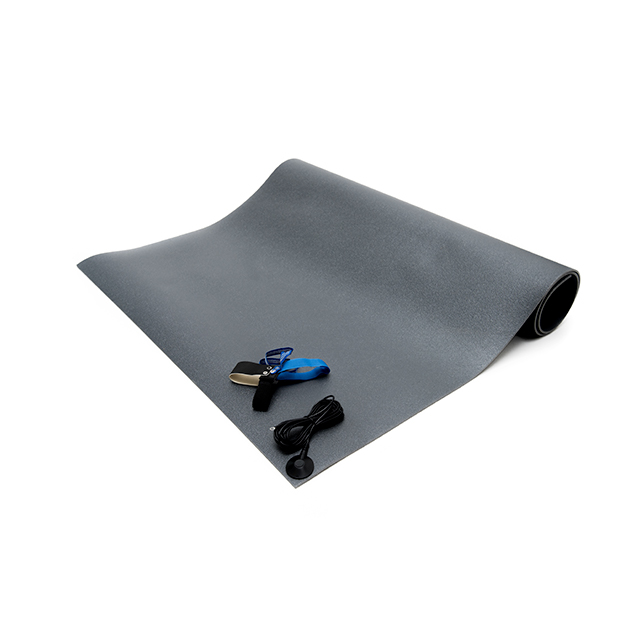

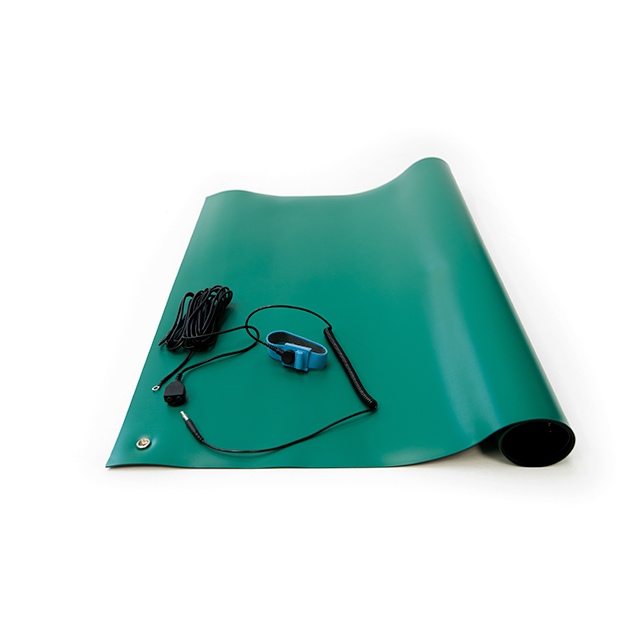
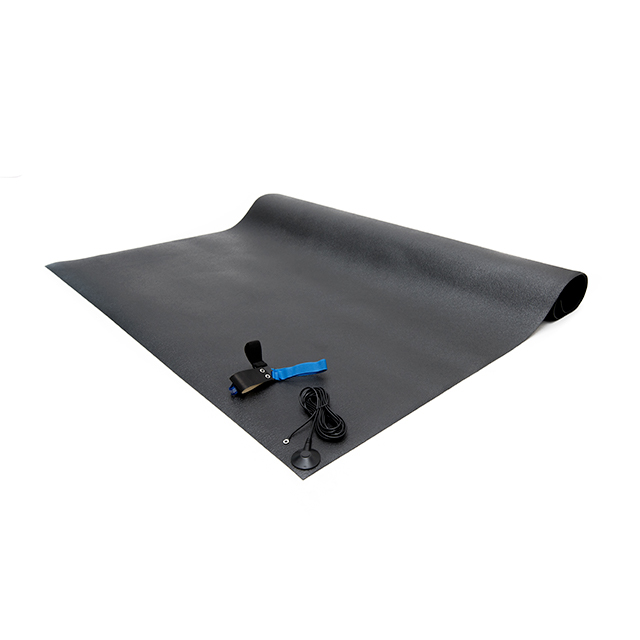
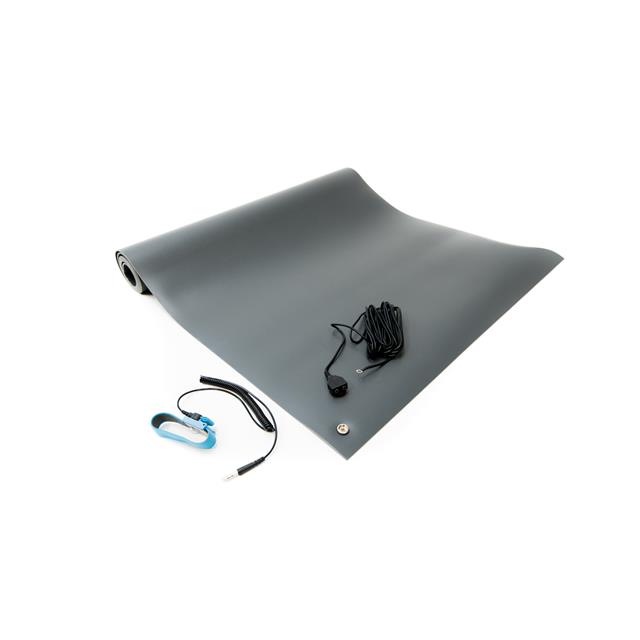
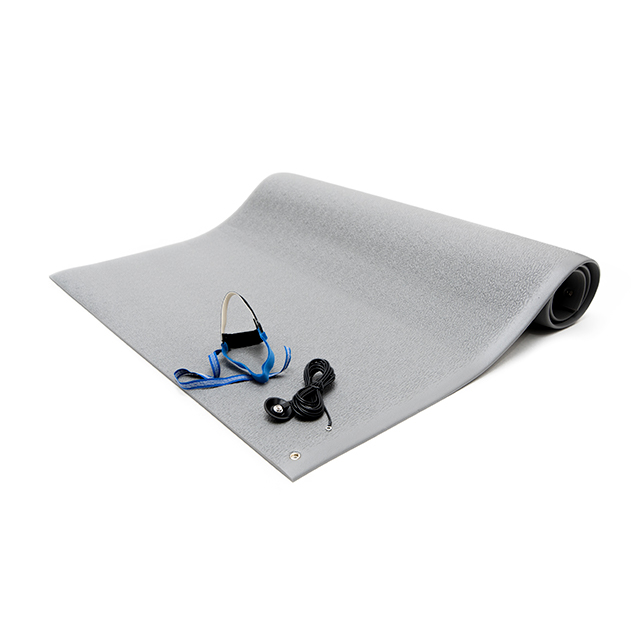
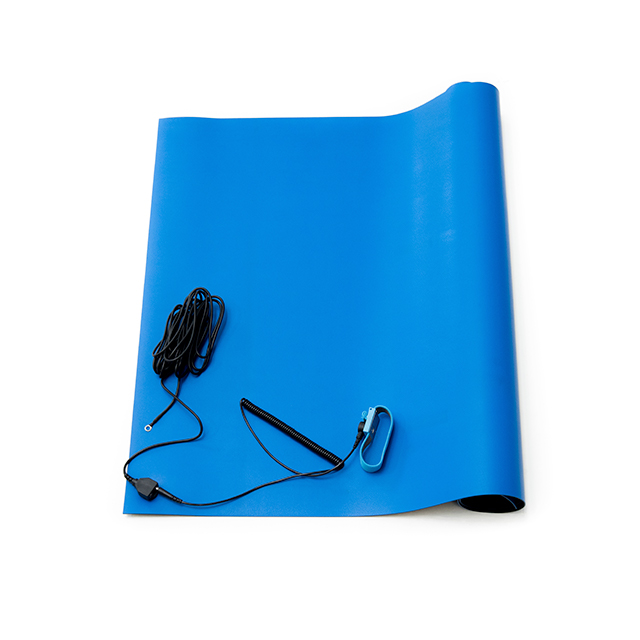
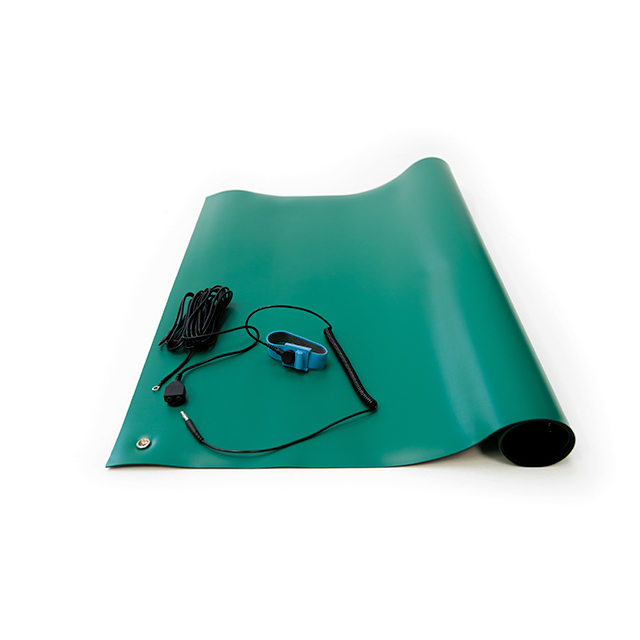

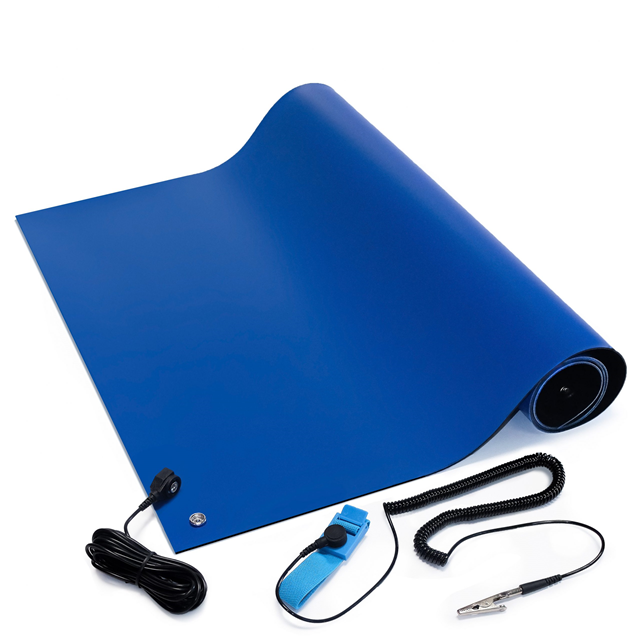
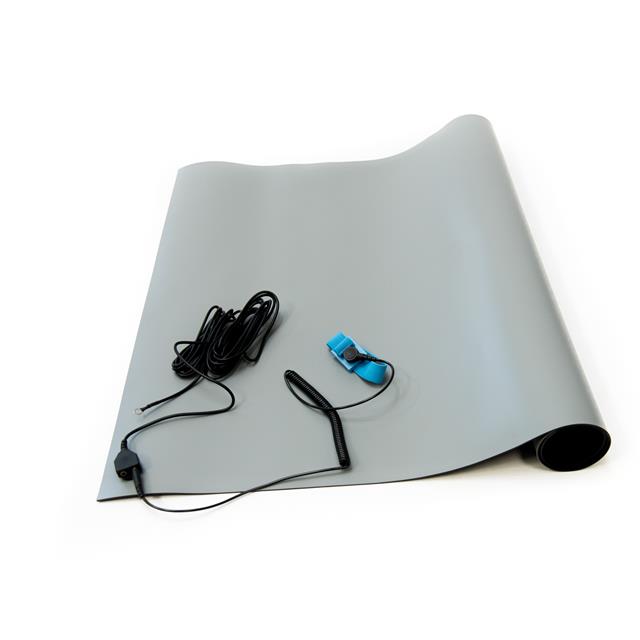











 Wishlist (0 Items)
Wishlist (0 Items)